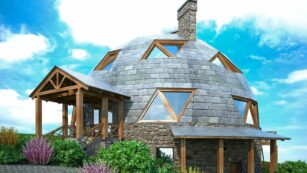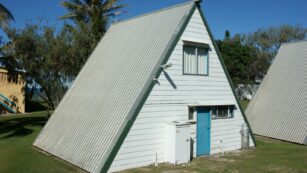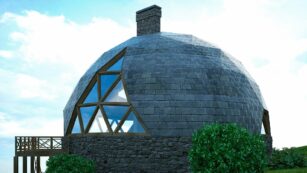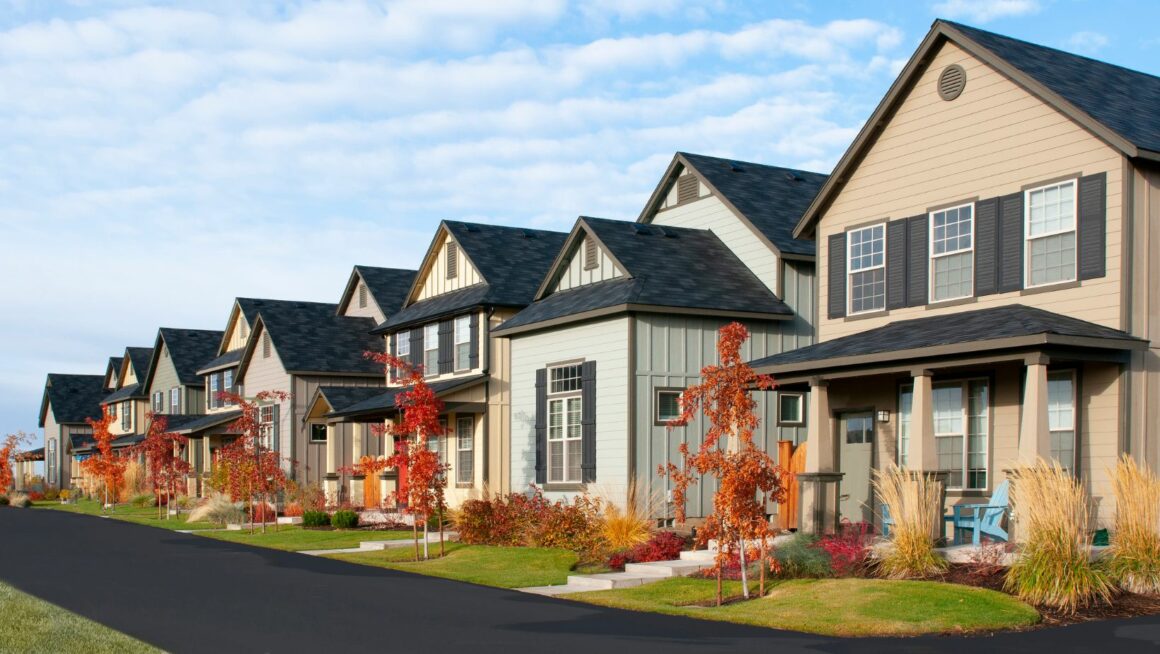The 1970s marked a distinctive era in residential architecture, introducing a blend of styles that emphasized both comfort and individuality. As the decade unfolded, homeowners began to embrace more eclectic designs, moving away from the stark, modernist structures of the 1960s. This shift reflected broader cultural changes, including a growing desire for personal expression and a retreat to more natural, earthy aesthetics.
1970s House Styles
The 1970s marked a transformative era in residential architecture, introducing distinctive house styles that emphasized harmony with nature and innovative living spaces.
Popular Architectural Features
 1970s homes are renowned for their unique architectural features that set them apart from earlier designs. Sunken living rooms became a popular element, offering a cozy gathering spot below the main floor. Atriums, often located centrally within the house, brought natural light deep into the floorplan. Split-level designs also saw a rise in popularity, providing separation of spaces without completely disconnecting them. Furthermore, the integration of sliding glass doors facilitated a seamless transition between indoor and outdoor environments, enhancing the living experience.
1970s homes are renowned for their unique architectural features that set them apart from earlier designs. Sunken living rooms became a popular element, offering a cozy gathering spot below the main floor. Atriums, often located centrally within the house, brought natural light deep into the floorplan. Split-level designs also saw a rise in popularity, providing separation of spaces without completely disconnecting them. Furthermore, the integration of sliding glass doors facilitated a seamless transition between indoor and outdoor environments, enhancing the living experience.
Common Materials Used
Materials in 1970 homes reflected the era’s push toward natural aesthetics and durability. Wood, especially in paneling and ceiling beams, was prevalent, giving spaces a warm, rustic feel. Exposed bricks were another favorite, often used in fireplaces and interior walls to add texture and color contrast. For exteriors, rough stone and shingles were commonly used, fitting well with the natural landscape. Inside the homes, shag carpets covered floors in multiple rooms, offering comfort and a touch of luxury synonymous with the decade.
Iconic 70s House Styles
Ranch Style and A-Frame Houses
 Ranch-style houses reflect the 1970s’ penchant for accessibility and open layouts. Typically, they feature a single-story plan, emphasizing horizontal lines rather than vertical. Large windows and sliding glass doors enhance connection to the landscape, promoting the era’s popular indoor-outdoor living concept. These homes often incorporate attached garages, a practical innovation that complements their sprawling, informal silhouette.
Ranch-style houses reflect the 1970s’ penchant for accessibility and open layouts. Typically, they feature a single-story plan, emphasizing horizontal lines rather than vertical. Large windows and sliding glass doors enhance connection to the landscape, promoting the era’s popular indoor-outdoor living concept. These homes often incorporate attached garages, a practical innovation that complements their sprawling, informal silhouette.
A-Frame houses gained popularity for their distinctive triangular silhouette which made them stand out among the conventional architectural designs of the time. They are characterized by steeply sloping roofs that extend nearly to the ground, eliminating traditional vertical walls. This style not only maximizes living space within a small footprint but also provides excellent insulation and snow shedding, ideal for colder climates.
Split-Level and Dome Homes
 Split-level homes address the need for spatial division without completely separating functions. This design features staggered levels that connect living spaces through short sets of stairs. The split levels often contain a living area on one level and private sleeping quarters on another, with the kitchen and dining area situated in between. These homes effectively utilize their footprint and maintain an open feel, aligning harmoniously with the 1970s theme of practical, yet creative floor plans.
Split-level homes address the need for spatial division without completely separating functions. This design features staggered levels that connect living spaces through short sets of stairs. The split levels often contain a living area on one level and private sleeping quarters on another, with the kitchen and dining area situated in between. These homes effectively utilize their footprint and maintain an open feel, aligning harmoniously with the 1970s theme of practical, yet creative floor plans.
Inspired by advancements in geometric design and materials, dome homes exemplify the 197s innovative approach to residential architecture. Constructed using new techniques such as prefabrication and modular elements, these homes boast a circular shape that offers durability and energy efficiency. Their unique form reduces heating and cooling costs, aligning with the decade’s growing environmental consciousness.
Preservation and Renovation
 The 1970s marked a significant shift in residential architecture, embracing styles that continue to influence modern home design. As homeowners today look to preserve and renovate these classic structures, they’re rediscovering the charm and functionality of the decade’s distinctive homes. Whether it’s maintaining the rustic appeal of wood paneling and exposed bricks or updating the open floor plans for contemporary living, there’s a deep appreciation for the era’s architectural innovation.
The 1970s marked a significant shift in residential architecture, embracing styles that continue to influence modern home design. As homeowners today look to preserve and renovate these classic structures, they’re rediscovering the charm and functionality of the decade’s distinctive homes. Whether it’s maintaining the rustic appeal of wood paneling and exposed bricks or updating the open floor plans for contemporary living, there’s a deep appreciation for the era’s architectural innovation.
Renovating a 1970s home involves balancing preservation with modern needs. Homeowners and architects work together to retain the original character while incorporating energy-efficient upgrades and modern amenities. This careful preservation highlights the lasting impact of the 1970s architectural styles—demonstrating that these homes are not only relics of the past but also vibrant, livable spaces that stand the test of time.

